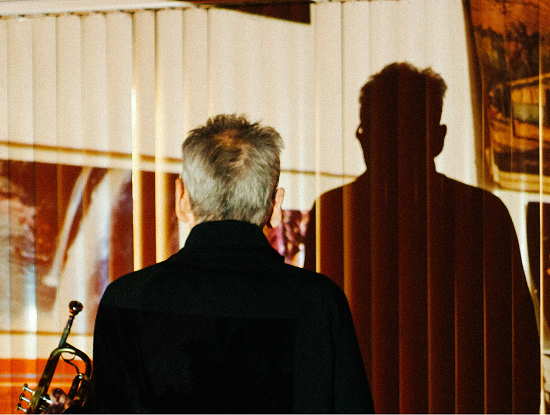So much of the music that we at tQ enjoy would not exist were it not for the trumpeter and composer Jon Hassell. His work in the worlds of ambient and avant garde music, in particular his invention of ‘Fourth World’ music – a "unified primitive/futurist sound" that combines modern electronic music with indigenous and folkloric music form around the world – have set him apart not just as a pioneer but one of the most influential musicians in the history of recorded sound.
Currently aged 83, his relentless will to push the boundaries shows no sign of slowing. As well as a much-needed reissue of his lauded 1977 debut Vernal Equinox earlier this year, July saw the release of his latest studio album Seeing Through Sound. It’s the second installment of his ‘Pentimento’ series, a concept he describes as "reappearance in a painting of earlier images, forms, or strokes that have been changed and painted over," the companion piece to 2018’s acclaimed Listening To Pictures.
To celebrate Hassell’s considerable legacy, we asked 13 of our favourites among the many, many artists he inspired, to select a piece of his music and to tell us why they love it. Their choices span Hassell’s entire career, right up to the present, and it speaks volumes that so many of them speak of him in such synasthetic and transportive terms.
Click the image of Hassell below to begin reading the list, which features Katie Gately, Gigi Masin, Sarah Davachi, Abul Mogard, Becker & Mukai, Qasim Naqvi, Spencer Doran, Penelope Trappes, Wacław Zimpel, Ami Dang, Hauschka, Jack Wylie and Thomas Fehlmann, and is presented in no particular order. Thanks to Duncan Clark for sourcing their quotes.
You can click here to purchase the recent reissue of Vernal Equinox, and click here to purchase Seeing Through Sound (Pentimento Volume Two)


